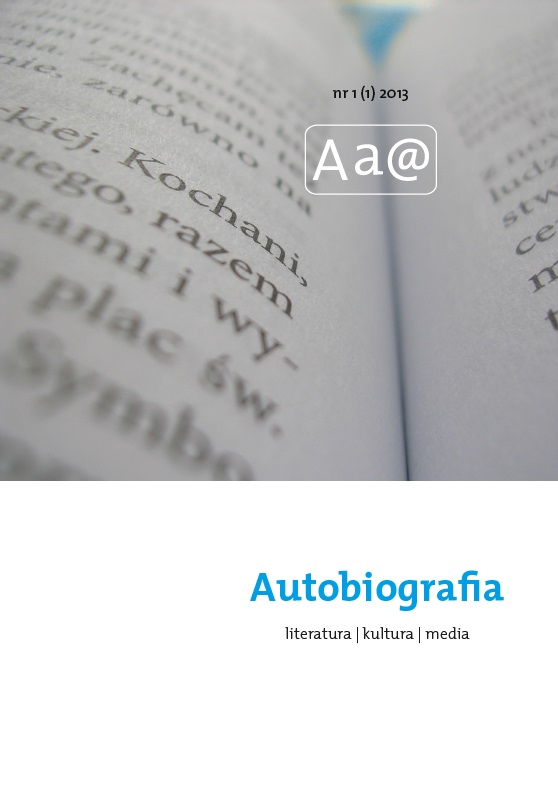Pamiątka
Keepsake
Author(s): Dariusz ŚnieżkoSubject(s): Language and Literature Studies, Theoretical Linguistics, Applied Linguistics, Morphology, Semantics, Pragmatics, Historical Linguistics, Philology, Theory of Literature
Published by: Wydawnictwo Naukowe Uniwersytetu Szczecińskiego
Keywords: keepsake; heirloom; national memorial; relic; trophy; gift; tourist souvenir; memory; reminiscence; past; time
Summary/Abstract: A history of meaning of the term (in Polish) starts with synonymous significances to ‘memory,’ ‘commemoration’ and ‘reminiscence.’ Over the centuries the semantic scope was gradually evolving to the contemporary use exposing material connotations of the word: a keepsake means an object that refers to the past. Comprehended in this way, keepsakes might encompass family heirlooms, national memorials, relics, trophies, gifts (donated „in memory”) and tourist souvenirs. One should include to this enumeration – as relatively separated categories – medial keepsakes that are results of commemorative reification of a message and corporal keepsakes that relate to permament changes in body (tattoos, scars, etc.). Every approach places a keepsake in a context of time, past and memory. A stuff has the characteristics of a keepsake as long as it takes an emotional attitude to the past. Generally, keepsakes belong to orders of private or collective memory and can move between them. It also means that in appriopriate circumstances keepsakes can migrate from category to category: e.g. some of trivial souvenirs can increase their value in time and became estimable family heirlooms; in turn some of family heirlooms can be promoted to the status of venerable national memorial.
Journal: Autobiografia Literatura Kultura Media
- Issue Year: 1/2013
- Issue No: 1
- Page Range: 99-108
- Page Count: 10
- Language: Polish

